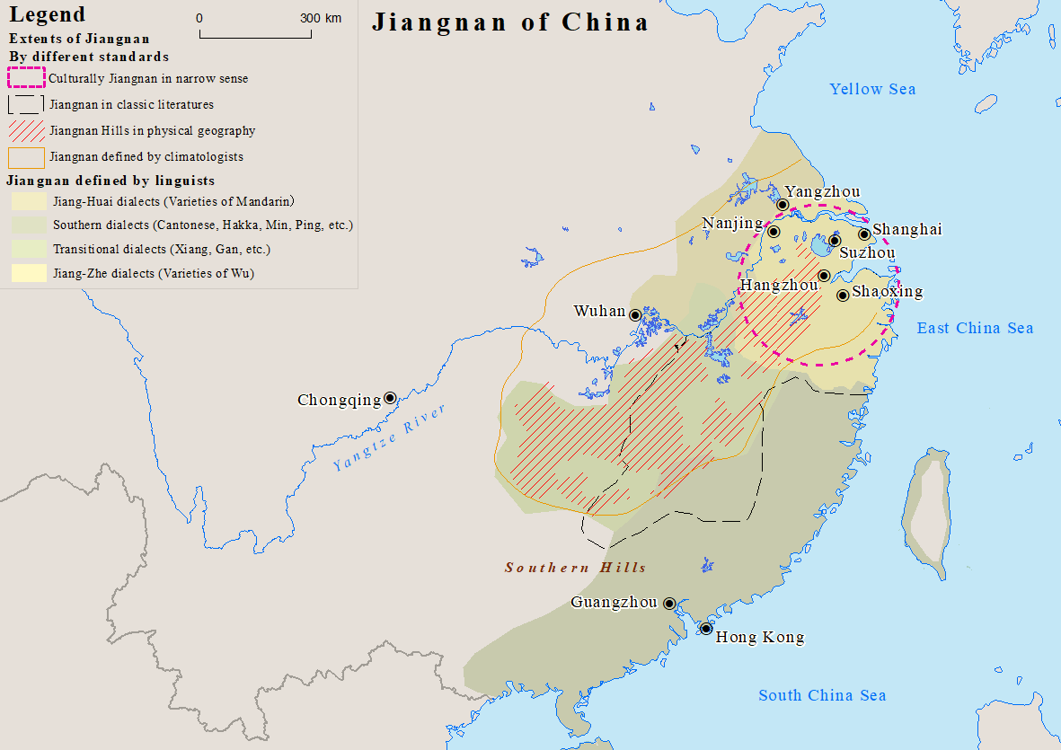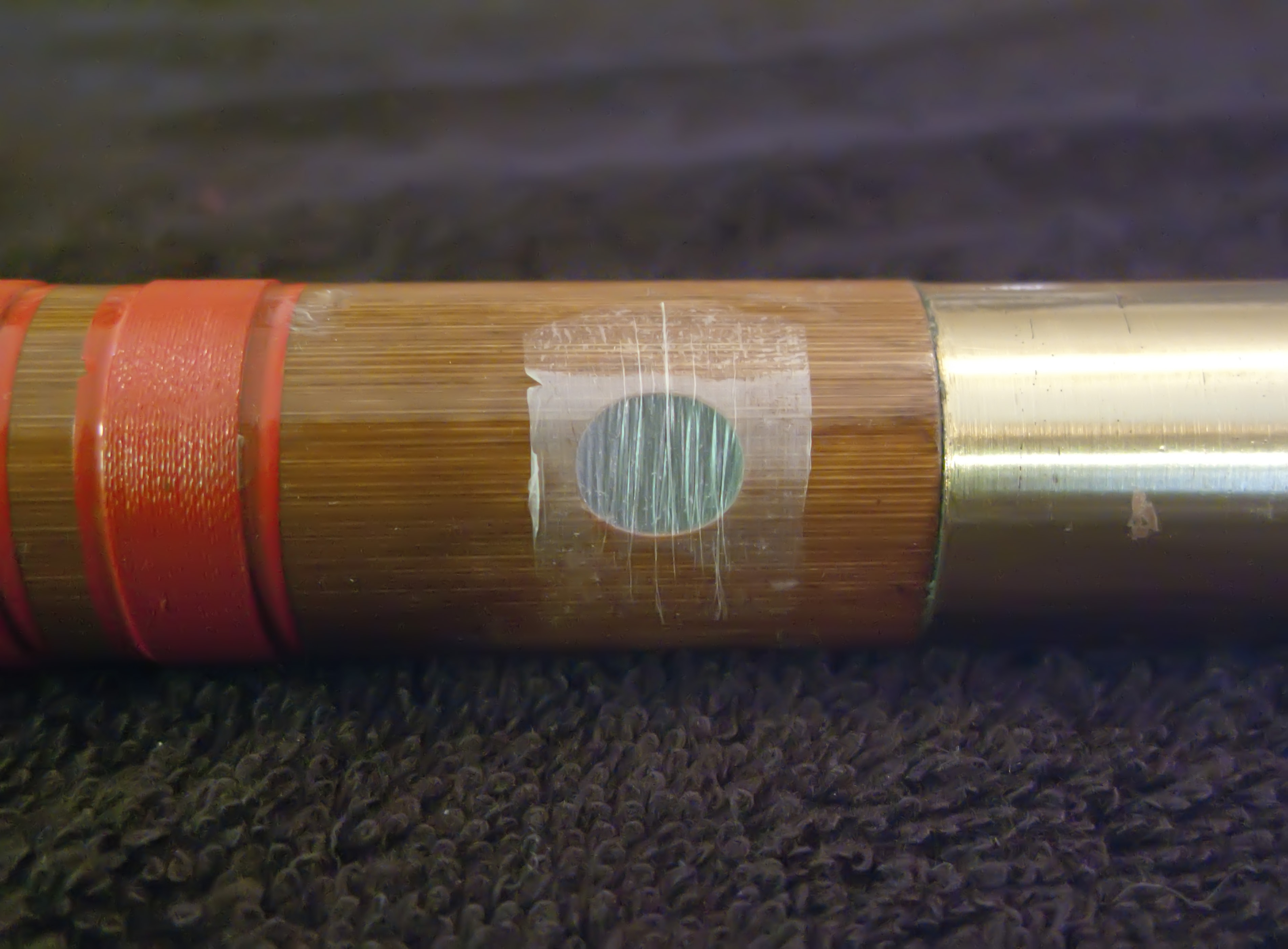|
Suzhou Opera
''Suju'' (), or Suzhou opera is a combination of various Chinese operas from Suzhou, including Tanhuang, Nanci and Kunqu. The opera is typically sung in Suzhou dialect of Wu Chinese. Suzhou opera originated in Suzhou city, the cultural center of China's Jiangnan area. Suzhou opera is accompanied by traditional Chinese instruments, including '' dizi'' (transverse bamboo flute), ''erhu'' (two-stringed fiddle), ''pipa'' (pear-shaped lute), ''yangqin'' (hammered dulcimer), and percussion. The instrumentation and style are closely related to the instrumental genre of ''Jiangnan sizhu''. Suzhou opera was listed China's state-level Intangible Cultural Heritage An intangible cultural heritage (ICH) is a practice, representation, expression, knowledge, or skill considered by UNESCO to be part of a place's cultural heritage. Buildings, historic places, monuments, and artifacts are cultural property. Int .... References Chinese opera Culture in Suzhou Wu Chinese {{opera- ... [...More Info...] [...Related Items...] OR: [Wikipedia] [Google] [Baidu] |
Suzhou
Suzhou (; ; Suzhounese: ''sou¹ tseu¹'' , Mandarin: ), alternately romanized as Soochow, is a major city in southern Jiangsu province, East China. Suzhou is the largest city in Jiangsu, and a major economic center and focal point of trade and commerce. Administratively, Suzhou is a prefecture-level city with a population of 6,715,559 in the city proper, and a total resident population of 12,748,262 as of the 2020 census in its administrative area. The city jurisdiction area's north waterfront is on a lower reach of the Yangtze whereas it has its more focal south-western waterfront on Lake Tai – crossed by several waterways, its district belongs to the Yangtze River Delta region. Suzhou is now part of the Greater Shanghai metro area, incorporating most of Changzhou, Wuxi and Suzhou urban districts plus Kunshan and Taicang, with a population of more than 38,000,000 residents as of 2020. Its urban population grew at an unprecedented rate of 6.5% between 2000 and 2014, ... [...More Info...] [...Related Items...] OR: [Wikipedia] [Google] [Baidu] |
Chinese Opera
Traditional Chinese opera (), or ''Xiqu'', is a form of musical theatre in China with roots going back to the early periods in China. It is an amalgamation of various art forms that existed in ancient China, and evolved gradually over more than a thousand years, reaching its mature form in the 13th century, during the Song dynasty (960–1279). Early forms of Chinese theater are simple, but over time various art forms such as music, song and dance, martial arts, acrobatics, costume and make-up art, as well as literary art forms were incorporated to form traditional Chinese opera. Performers had to practice for many years to gain an understanding of the roles. Exaggerated features and colors made it easier for the audience to identify the roles portrayed. There are over a hundred regional branches of traditional Chinese opera today. In the 20th century the Peking opera emerged in popularity and has come to known as the "national theatre" of China, but other genres like Yue ope ... [...More Info...] [...Related Items...] OR: [Wikipedia] [Google] [Baidu] |
Nanci
Nanci is a feminine given name. Notable people with the name include: *Nanci Bowen (born 1967), American golfer *Nanci Chambers, Canadian American actress who was born in Ontario, Canada *Nanci Griffith, (1953–2021), American singer, guitarist and songwriter from Austin, Texas *Nanci Kincaid, American novelist *Nanci Parilli (born 1953), Argentine Justicialist Party politician See also * *Nancy (other) *Nancey (other) *Nance (other) The nance (''Byrsonima crassifolia'') is a fruit-bearing tree native to the tropical regions of North and South America. Nance may also refer to: Places * Nance, Jura, France * Nance, Missouri, United States * Nance County, Nebraska, United S ... {{given name Feminine given names ... [...More Info...] [...Related Items...] OR: [Wikipedia] [Google] [Baidu] |
Kunqu
Kunqu (), also known as Kunju (), K'un-ch'ü, Kun opera or Kunqu Opera, is one of the oldest extant forms of Chinese opera. Kunqu is one of the oldest traditional operas of the Han nationality, and is also a treasure of Chinese traditional culture and art, especially opera art. It evolved from the local melody of Kunshan and later came to dominate Chinese theater from the 16th to the 18th centuries. The style originated in the Wu cultural area. It has been listed as one of the Masterpieces of the Oral and Intangible Heritage of Humanity by UNESCO since 2001. Since the mid-Ming Dynasty, Wei Liang Fu has been the sole leader of Chinese opera for nearly 300 years. In 2006, it was listed on the first national intangible cultural heritage list. In 2008, it was included in the List of Representative Works of Intangible Cultural Heritage of Humanity. In December 2018, the General Office of the Ministry of Education announced that Peking University is the base for inheriting excell ... [...More Info...] [...Related Items...] OR: [Wikipedia] [Google] [Baidu] |
Suzhou Dialect
Suzhounese (; Suzhounese: ''sou1 tseu1 ghe2 gho6'' [] ), also known as the Suzhou dialect, is the Varieties of Chinese, variety of Chinese traditionally spoken in the city of Suzhou in Jiangsu, Jiangsu Province, China. Suzhounese is a variety of Wu Chinese, and was traditionally considered the Wu Chinese prestige dialect. Suzhounese has a large vowel inventory and it is relatively conservative in initials by preserving voiced consonants from Middle Chinese. Distribution Suzhou dialect is spoken within the city itself and the surrounding area, including migrants living in nearby Shanghai. The Suzhou dialect is mutually intelligible with dialects spoken in its satellite cities such as Kunshan, Changshu, and Zhangjiagang, as well as those spoken in its former satellites Wuxi and Shanghai. It is also partially intelligible with dialects spoken in other areas of the Wu cultural sphere such as Hangzhou and Ningbo. However, it is ''not'' mutually intelligible with Cantonese or ... [...More Info...] [...Related Items...] OR: [Wikipedia] [Google] [Baidu] |
Wu Chinese
The Wu languages (; Wu romanization and IPA: ''wu6 gniu6'' [] ( Shanghainese), ''ng2 gniu6'' [] (Suzhounese), Mandarin pinyin and IPA: ''Wúyǔ'' []) is a major group of Sinitic languages spoken primarily in Shanghai, Zhejiang, Zhejiang Province, and the part of Jiangsu, Jiangsu Province south of the Yangtze River, which makes up the cultural region of Wu. The Suzhou dialect was the prestige dialect of Wu as of the 19th century, and formed the basis of Wu's koiné dialect, Shanghainese, at the turn of the 20th century. Speakers of various Wu languages sometimes inaccurately labelled their mother tongue as "Shanghainese" when introduced to foreigners. The languages of Northern Wu are mutually intelligible with each other, while those of Southern Wu are not. Historical linguists view Wu of great significance because it distinguished itself from other varieties of Chinese by preserving the voiced initials of the ancient Middle Chinese and by preserving the checked ... [...More Info...] [...Related Items...] OR: [Wikipedia] [Google] [Baidu] |
Jiangnan
Jiangnan or Jiang Nan (; formerly romanized Kiang-nan, literally "South of the River" meaning "South of the Yangtze") is a geographic area in China referring to lands immediately to the south of the lower reaches of the Yangtze River, including the southern part of its delta. The region encompasses the city of Shanghai, the southern part of Jiangsu Province, the southeastern part of Anhui Province, the northern part of Jiangxi Province and the northern part of Zhejiang Province. The most important cities in the area include Anqing, Changzhou, Hangzhou, Nanjing, Ningbo, Shaoxing, Suzhou, Wuxi, Wenzhou, and Zhenjiang. Jiangnan has long been regarded as one of the most prosperous regions in China due to its wealth in trade and very high human development. Most people of the region speak Wu Chinese dialects as their native languages. Etymology The word Jiangnan is based on the Chinese name for the Yangtze, ''Cháng Jiāng'', and ''nán'' meaning "south." In the 19th century, E ... [...More Info...] [...Related Items...] OR: [Wikipedia] [Google] [Baidu] |
Traditional Chinese Musical Instruments
Chinese musical instruments are traditionally grouped into eight categories known as (). The eight categories are silk, bamboo, wood, stone, metal, clay, gourd and skin; other instruments considered traditional exist that may not fit these groups. The grouping of instruments in material categories in China is one of the first musical groupings ever devised. Silk ( 絲) Silk () instruments are mostly stringed instruments (including those that are plucked, bowed, and struck). Since ancient times, the Chinese have used twisted silk for strings, though today metal or nylon are more frequently used. Instruments in the silk category include: Plucked Bowed Struck Combined * () – a combination of the , , and with 50 or more steel strings. * () - strucked and bowed zither from Shandong, China. Bamboo (竹) Bamboo () mainly refers to woodwind instruments, which includes; Flutes Free reed pipes Single reed pipes Double reed pipes Wood ( 木) Most wood () instr ... [...More Info...] [...Related Items...] OR: [Wikipedia] [Google] [Baidu] |
Dizi (instrument)
The ''dizi'' (, pronounced ), is a Chinese transverse flute. It is also sometimes known as the ''di'' () or ''héngdi'' (), and has varieties including Qudi (), Bangdi (), and Xindi (). It is a major Chinese musical instrument that is widely used in many genres of Chinese folk music, Chinese opera, as well as the modern Chinese orchestra. The ''dizi'' is also a popular instrument among the Chinese people as it is simple to make and easy to carry. Most ''dizi'' are made of bamboo, which explains why ''dizi'' are sometimes known by simple names such as Chinese bamboo flute. However, "bamboo" is perhaps more of a Chinese instrument classification like "woodwind" in the West. Northern Chinese ''dizi'' are made from purple or violet bamboo, while ''dizi'' made in Suzhou and Hangzhou are made from white bamboo. ''Dizi'' produced in southern Chinese regions such as Chaozhou are often made of very slender, lightweight, light-colored bamboo and are much quieter in tone. Although bamboo ... [...More Info...] [...Related Items...] OR: [Wikipedia] [Google] [Baidu] |
Erhu
The ''erhu'' (; ) is a Chinese two-stringed bowed musical instrument, more specifically a spike fiddle, which may also be called a ''Southern Fiddle'', and is sometimes known in the Western world as the ''Chinese violin'' or a ''Chinese two-stringed fiddle''. It is used as a solo instrument as well as in small ensembles and large orchestras. It is the most popular of the huqin family of traditional bowed string instruments used by various ethnic groups of China. As a very versatile instrument, the erhu is used in both traditional and contemporary music arrangements, such as pop, rock and jazz. History The ''Erhu'' can be traced back to proto-Mongolic instruments which first appeared in China during the Tang dynasty. It is believed to have evolved from the '' Xiqin'' ( 奚 琴). The xiqin is believed to have originated from the Xi people located in current northeast China. The first Chinese character of the name of the instrument ( 二, ''èr'', two) is believed to come ... [...More Info...] [...Related Items...] OR: [Wikipedia] [Google] [Baidu] |
Pipa
The pipa, pípá, or p'i-p'a () is a traditional Chinese musical instrument, belonging to the plucked category of instruments. Sometimes called the "Chinese lute", the instrument has a pear-shaped wooden body with a varying number of frets ranging from 12 to 31. Another Chinese four-string plucked lute is the liuqin, which looks like a smaller version of the pipa. The pear-shaped instrument may have existed in China as early as the Han dynasty, and although historically the term ''pipa'' was once used to refer to a variety of plucked chordophones, its usage since the Song dynasty refers exclusively to the pear-shaped instrument. The pipa is one of the most popular Chinese instruments and has been played for almost two thousand years in China. Several related instruments are derived from the pipa, including the Japanese biwa and Korean bipa in East Asia, and the Vietnamese đàn tỳ bà in Southeast Asia. The Korean instrument is the only one of the three that is no longer ... [...More Info...] [...Related Items...] OR: [Wikipedia] [Google] [Baidu] |







